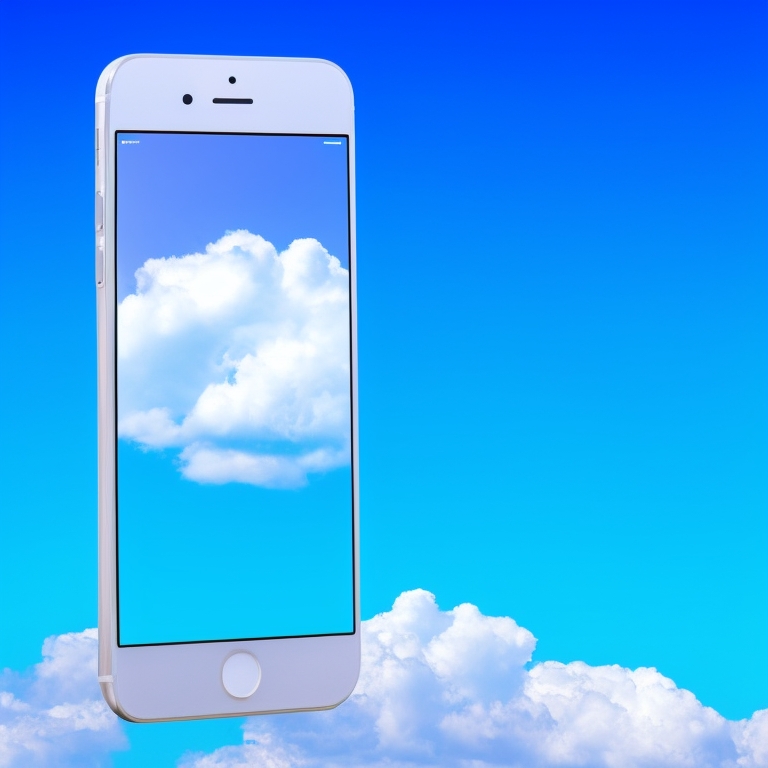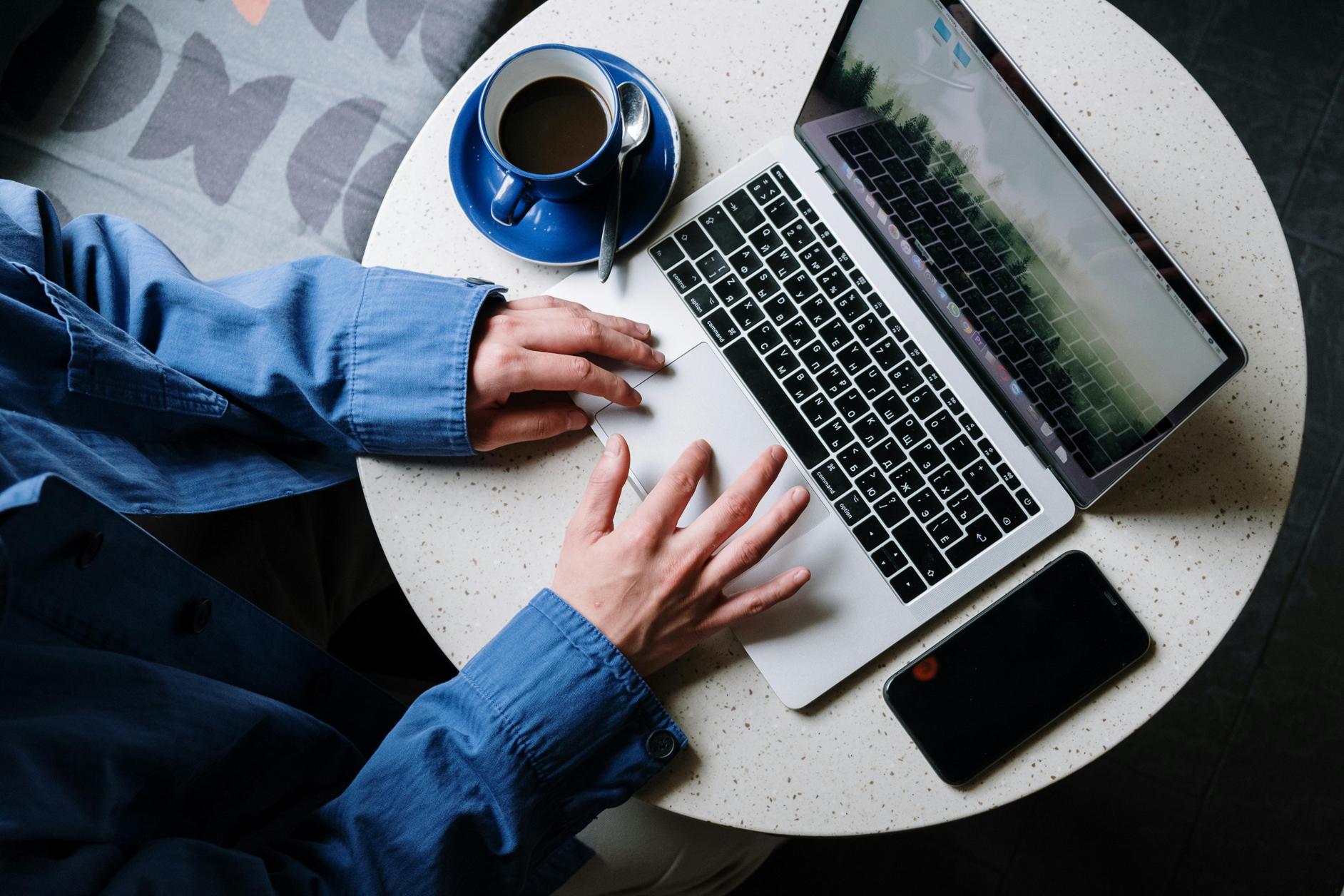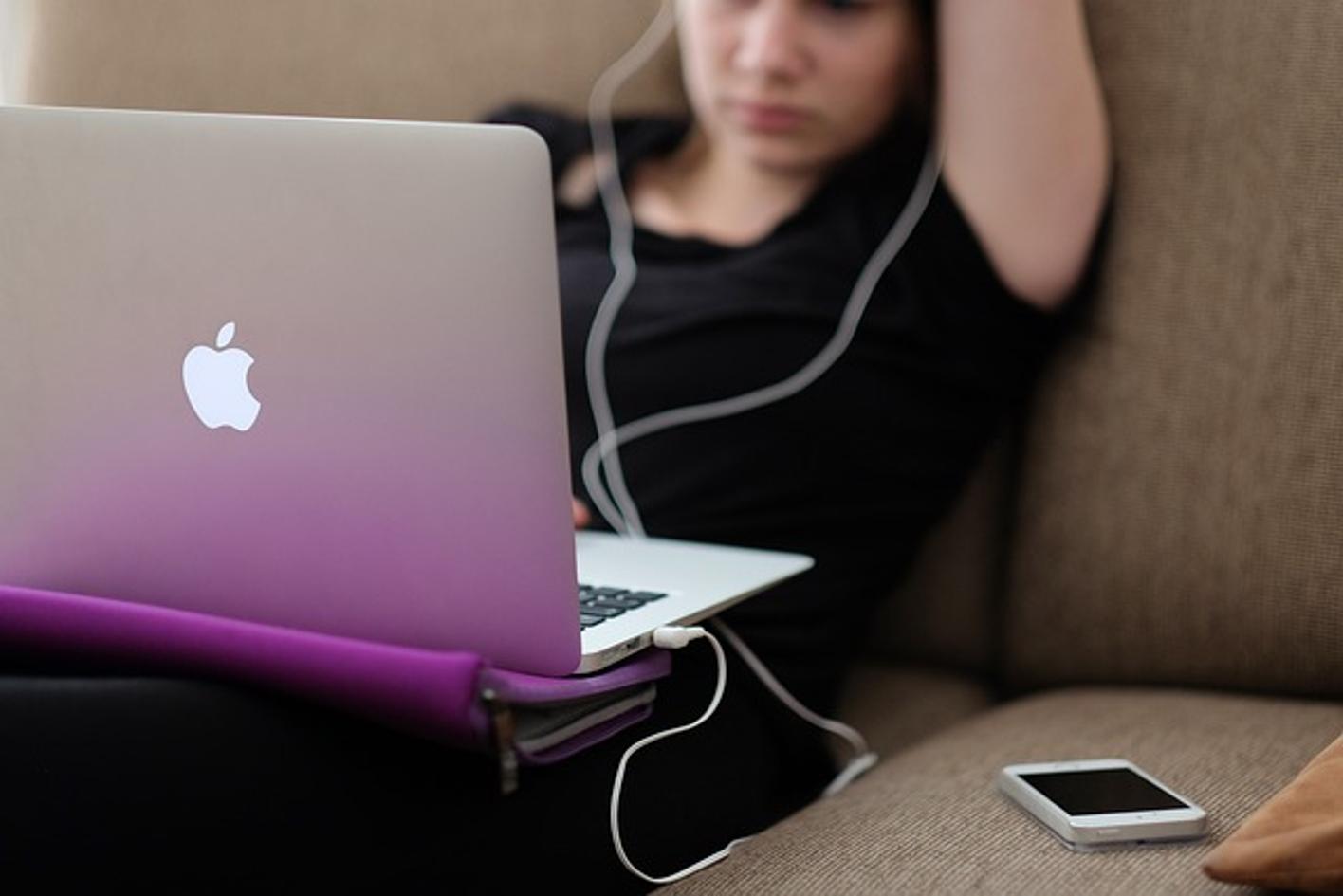How to Access iPhone Remotely from Computer
Introduction
Accessing your iPhone remotely from a computer offers an impressive level of convenience. Whether you need to assist a family member with tech support, access important files, or manage your device while it's charging in another room, remote access is the answer. This comprehensive guide will walk you through various methods to access your iPhone remotely, ensuring you pick the best solution based on your needs and preferences.

Utilizing Apple's Built-In Services
To remotely access your iPhone, start by leveraging Apple's integrated services. These built-in tools offer reliable solutions for remote management and access.
Setting Up iCloud
iCloud is Apple’s cloud-based service that allows you to store, access, and backup data across devices. To use iCloud:
- Go to Settings on your iPhone.
- Tap your name at the top, then select iCloud.
- Enable iCloud Drive and other services you need.
This service allows you to access documents, photos, and more from your computer via iCloud.com.
Using Find My iPhone
Find My iPhone not only locates your device but can also lock or erase it remotely:
- Enable Find My iPhone in Settings.
- Open iCloud.com on your computer and log in with your Apple ID.
- Click on 'Find iPhone' to track or manage the device.
Enabling Two-Factor Authentication
Enhancing security is crucial. Enable two-factor authentication for better protection:
- Go to Settings, tap your name, then 'Password & Security'.
- Turn on Two-Factor Authentication.
This ensures that only you can access your account, adding a layer of security.

Exploring Third-Party Applications for Remote Access
While Apple's built-in services cover many needs, sometimes additional features are required. Third-party applications provide flexibility and enhanced functionality for remote access.
Overview of Popular Apps
Popular apps like TeamViewer, AnyDesk, and Chrome Remote Desktop offer varied functionalities. These apps are generally free with premium options for extended features.
How to Choose the Right App
Selecting the right app involves considering your specific needs:
- TeamViewer: Ideal for technical support.
- AnyDesk: Offers high-speed and high-quality connections.
- Chrome Remote Desktop: Great for users integrated within the Google ecosystem.
Explore user reviews and try out free versions to make an informed decision.
Step-by-Step Guide to Using TeamViewer
TeamViewer is one of the most popular choices given its ease of use and reliability. Here’s a step-by-step guide to set it up:
Installation on iPhone
- Download and install the TeamViewer QuickSupport app from the App Store.
- Open the app to get your unique ID.
Setting Up on Your Computer
- Download and install TeamViewer on your computer from TeamViewer’s official site.
- Launch the application and sign in or create an account.
Connecting and Controlling iPhone
- Enter the unique ID from your iPhone into the TeamViewer on your computer.
- Press 'Connect'.
- Follow any prompts on your iPhone to allow the connection.
You can now view and control your iPhone directly from your computer.
Using Chrome Remote Desktop for Seamless Access
Chrome Remote Desktop is another robust alternative for accessing your iPhone. Here’s how to set it up:
Setting Up Chrome Remote Desktop on iPhone
- Download the Chrome Remote Desktop app from the App Store.
- Open the app and sign in with your Google account.
Configuring on Computer and Starting a Session
- On your computer, navigate to remotedesktop.google.com and follow the on-screen instructions to install the necessary extension.
- Set up remote access by assigning a name to your computer.
- Open Chrome Remote Desktop on your iPhone, where you’ll now see your computer listed.
- Tap to start the session.
This method integrates well with other Google services for seamless access.
Ensuring Security and Privacy
Remote access poses certain risks, so safeguarding your data is paramount.
Securing Remote Connections
Always use strong and unique passwords. Enable encryption features within the apps when available. Avoid accessing your device over unsecured or public Wi-Fi networks.
Protecting Personal Data
Regularly update your operating system and applications to patch any vulnerabilities. Use reputable antivirus and anti-malware software. Enable login notifications to monitor unauthorized access attempts.

Troubleshooting Common Issues
While remote access methods are generally reliable, you might encounter some issues:
Connection Failures
Ensure that both devices are connected to the internet. Restart both devices. If the problem persists, check for any firewall or security software that might be blocking the connection.
Authentication Errors
Double-check that you’re using the correct login information. Reset your account passwords if necessary. If using two-factor authentication, ensure your devices are correctly synced.
Conclusion
Remote access to your iPhone from a computer can significantly enhance your productivity and convenience. By utilizing Apple’s built-in services, exploring third-party applications, and following our detailed setup guides, you can find a method that fits your specific needs. Always prioritize security to protect your personal data while enjoying the benefits of remote access.
Frequently Asked Questions
Is it safe to access my iPhone remotely from a computer?
Yes, as long as you use secure and authenticated connections, such as those provided by Apple services or trusted third-party applications, remote access is safe.
What are the best apps for remote access?
TeamViewer, AnyDesk, and Chrome Remote Desktop are among the best applications for remote access due to their reliable features and ease of use.
What should I do if the connection fails?
Check internet connectivity on both devices, restart them, and ensure no firewall or security software is blocking the connection. If issues persist, consult the app’s support or troubleshooting guide.



